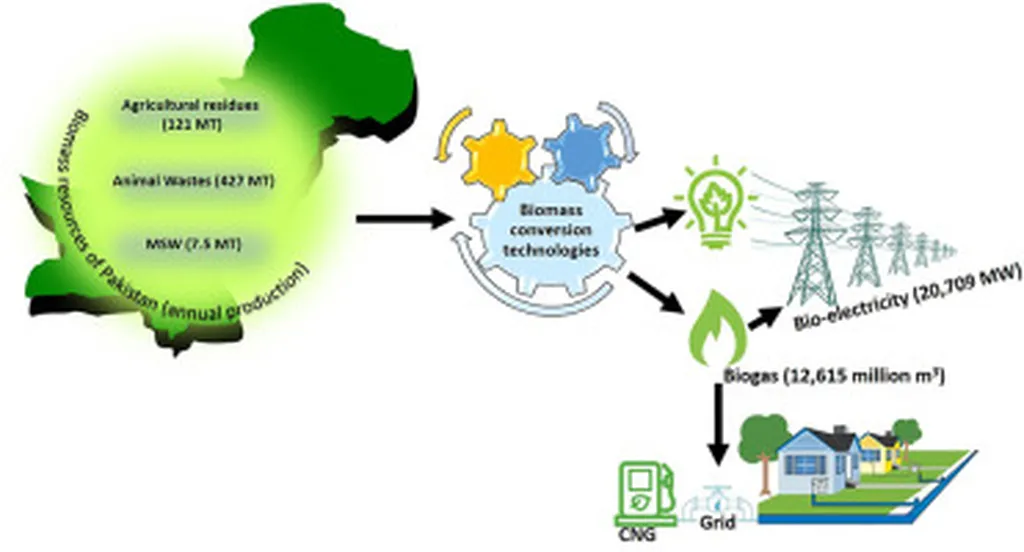In the heart of Faisalabad, Pakistan, a researcher is making waves in the world of molecular diagnostics, and his work could have significant implications for the energy sector. Muhammad Faran Tahir, a plant pathologist at the University of Agriculture, has been delving into the realm of biotechnology, particularly the advancements in polymerase chain reaction (PCR) techniques, and how they’re revolutionizing early disease detection. His recent review, published in the journal *Current Research in Biotechnology* (translated from its original title, *البحث الحالي في التكنولوجيا الحيوية*), sheds light on the transformative power of these technologies.
Tahir’s work explores how PCR, a cornerstone technique in molecular biology, has evolved to become an indispensable tool in diagnostic labs. “PCR-based approaches have transformed the diagnostic process by amplifying trace amounts of DNA, allowing for the identification of mutations linked to a wide range of inherited conditions,” Tahir explains. This is not just about early disease detection; it’s about precision, accuracy, and speed—qualities that are increasingly valuable in various sectors, including energy.
The energy sector, particularly the bioenergy industry, relies heavily on microbial and genetic processes. Early and accurate disease detection in crops and microorganisms can prevent significant losses and improve efficiency. Tahir’s review highlights innovations in PCR techniques, such as digital PCR, multiplex PCR, and reverse-transcription PCR, which have improved sensitivity and versatility. These advancements could lead to more efficient bioenergy production, better crop management, and reduced environmental impact.
Moreover, the integration of these molecular tools into diagnostic settings could enable better management of diseases affecting energy crops, such as algae and switchgrass. “The role of molecular tools in identifying diseases such as cancer, hereditary disorders, and infectious infections is also explored,” Tahir notes. While these examples are from the medical field, the principles can be translated to the energy sector, where disease management is equally critical.
The potential commercial impacts are substantial. Faster and more accurate diagnostics can lead to quicker decision-making, reduced downtime, and improved productivity. As Tahir’s review suggests, ongoing advancements in PCR technologies are transforming diagnostic practices, enabling more accurate, faster, and widely accessible molecular testing. These innovations promise enhanced disease management and better clinical outcomes, which can be translated into better energy management and improved economic outcomes.
Tahir’s work is a testament to the power of interdisciplinary research. His background in plant pathology has given him a unique perspective on molecular diagnostics, one that bridges the gap between agriculture and energy. As he continues to explore the role of biotechnology in diagnostics, his work could shape the future of the energy sector, making it more efficient, sustainable, and resilient.
In the ever-evolving landscape of biotechnology, Tahir’s research serves as a reminder that the boundaries between sectors are porous, and innovations in one field can have ripple effects across industries. As we stand on the cusp of a new era in healthcare and energy, one thing is clear: the future is molecular, and it’s bright.

